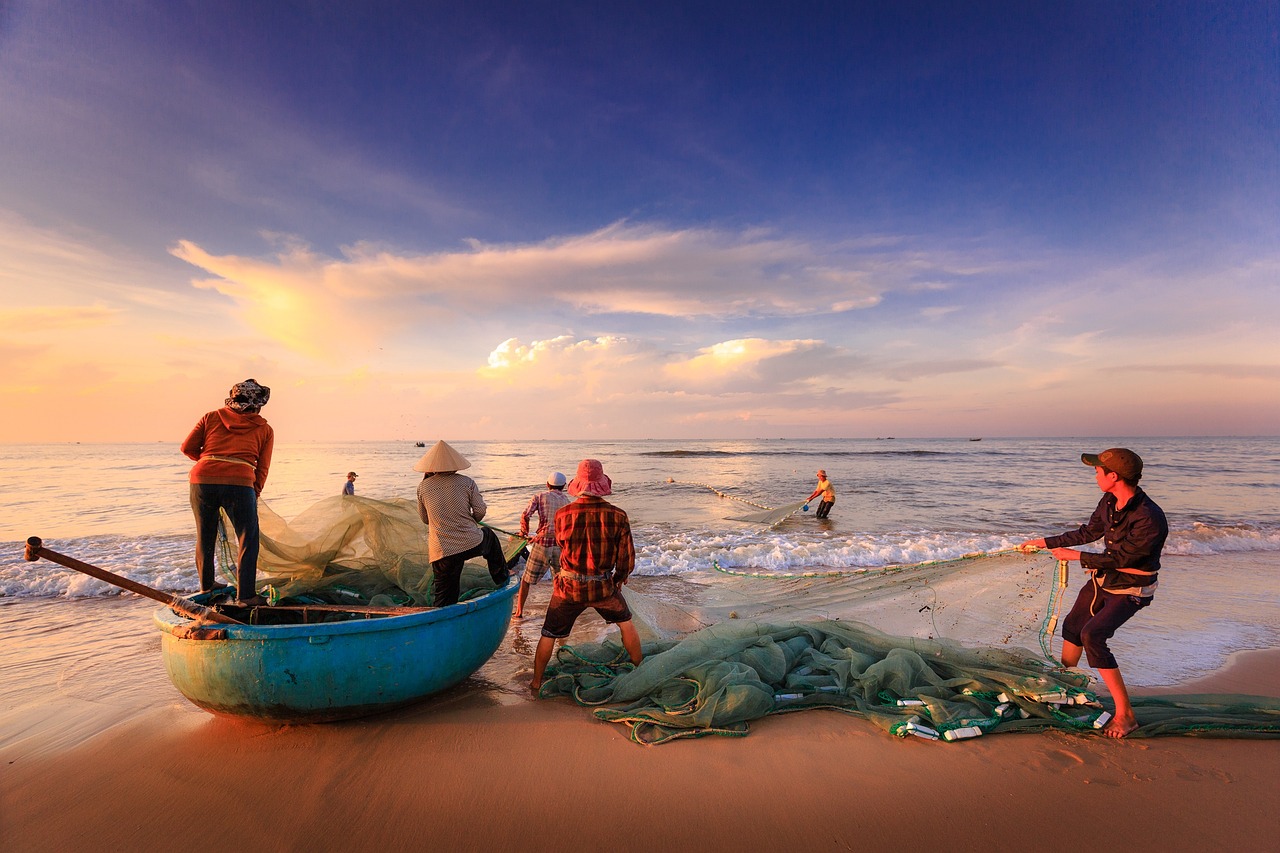Nyheter
Commission Proposes 2025 Fishing Opportunities for the Baltic Sea

The European Commission has today unveiled its proposal for the 2025 fishing opportunities in the Baltic Sea, reflecting a scientific assessment that highlights critical challenges facing several key fisheries in the region.
The proposal outlines the Total Allowable Catches (TACs) and quotas for nine of the ten fish stocks managed by the European Union in the Baltic Sea. The Commission is set to submit a separate proposal for Bothnian herring at a later date.
Significant changes include an increase in fishing opportunities for central Baltic herring by 108% and herring in the Gulf of Riga by 10%. However, the proposal suggests reductions in the fishing quotas for salmon in the main basin by 36% and in the Gulf of Finland by 20%, as well as for sprat by 42%. The TAC for plaice remains unchanged. Additionally, the Commission recommends substantial decreases in by-catch allocations for western Baltic cod by 73%, eastern Baltic cod by 68%, and western Baltic herring by 50%.
These TACs are grounded in the latest scientific advice from the International Council on the Exploration of the Seas (ICES) and adhere to the Baltic Sea multiannual management plan, which was adopted by the European Parliament and the Council in 2016.
Reacting the ne proposals, Maroš Šefčovič, Executive Vice-President for European Green Deal, Interinstitutional Relations and Foresight said, “I am worried about the poor state of the Baltic Sea fish stocks. The importance of taking action to address the dire state of key commercial species is becoming more evident every year. Fishers are the first to face the consequences, despite our joint efforts to rebuild fish stock populations. To make sure that local fishers can again rely on healthy fish stocks for their livelihoods, it is indispensable to fully implement the EU legislation at all levels.”
Key Proposals for Major Stocks
Cod
For eastern Baltic cod, the Commission maintains a catch limit exclusively for unavoidable by-catches, continuing the stringent measures already in place. Given the poor condition of the stock, the by-catch limit will be further adjusted to reflect current needs. Similarly, the situation for western Baltic cod remains critical, prompting the Commission to propose adjustments to the by-catch TAC.
Herring
The western Baltic herring stock continues to be well below safe biological limits. The Commission proposes removing exemptions for small-scale coastal fisheries and restricting the TAC to unavoidable by-catches only. In contrast, central Baltic herring has shown signs of recovery, with stock levels rising above the minimum threshold. However, due to uncertainties in the forecast, the Commission advocates for a cautious increase in the TAC, without fully reaching the maximum level recommended by ICES. Herring in the Gulf of Riga remains healthy, and the Commission supports setting catch limits at the maximum level advised by ICES.
Plaice
Although scientific data supports a significant increase in plaice TAC, the Commission opts for a conservative approach to protect cod, which is often an unavoidable by-catch in plaice fisheries. New measures to minimise cod by-catches through alternative fishing gear are anticipated to be introduced this year.
Sprat
The sprat stock has declined considerably, with persistent low reproduction rates raising concerns that the stock could dip below sustainable levels. To mitigate this risk, the Commission recommends a significant reduction in sprat catches.
Salmon
The health of salmon populations across different rivers in the Baltic main basin varies, with some remaining fragile. ICES has advised the closure of all salmon fisheries in the main basin for the past three years. However, limited fishing could continue in the coastal waters of the Gulf of Bothnia and the Åland Sea during summer. Due to decreasing reproduction rates, the Commission proposes adjustments to fishing opportunities and a ban on recreational fishing for reared salmon to protect wild populations.
Next Steps
EU Member States will now examine the Commission’s proposal and make final decisions regarding the maximum allowable catches of key commercial fish species in the Baltic Sea. These decisions are expected during the Council meeting on 21-22 October 2024.
Table: Overview of TAC changes 2024-2025 (figures in tons except for salmon, which is in number of pieces)
| 2024 | 2025 | |
| Stock and ICES fishing zone; subdivision | Council agreement (in tonnes & % change from 2023 TAC) | Commission proposal (in tonnes & % change from 2024 TAC) |
| Western Cod 22-24 | 340 (-30%) | 93 (-73%) |
| Eastern Cod 25-32 | 595 (0%) | 191 (-68%) |
| Western Herring 22-24 | 788 (0%) | 394 (-50%) |
| Bothnian Herring 30-31 | 55 000 (-31%) | TAC to be proposed at a later stage |
| Central Herring 25-27, 28.2, 29, 32 | 40 368 (-43%) | 83 881 (+108%) |
| Riga Herring 28.1 | 37 959 (-17%) | 41 635 (+10%) |
| Sprat 22-32 | 201 000 (-10%) | 117 070 (-42%) |
| Plaice 22-32 | 11 313 (0%) | 11 313 (0%) |
| Main Basin Salmon 22-31 | 53 967 (-15%) | 34 787 (-36%) |
| Gulf of Finland Salmon 32 | 10 144 (+7%) | 8 117 (-20%) |
Background
This proposal is part of the EU’s commitment to achieving long-term sustainability targets under the Common Fisheries Policy. It aligns with the Multiannual Plan for managing cod, herring, and sprat in the Baltic Sea, as well as the objectives set out in the Commission’s Communication on “Sustainable Fishing in the EU: State of Play and Orientations for 2025.”
The current situation presents significant challenges for fishers, particularly as critical commercial stocks—such as cod, herring, sprat, and salmon—face numerous pressures, including high nutrient inputs and contamination. Failures in the implementation of EU legislation, coupled with issues like misreporting, have exacerbated these problems. Misreporting can lead to hidden overfishing, further complicating stock management.
To assist fishers in the Baltic, Member States and coastal regions can utilise the European Social Fund Plus to implement measures that support lifelong learning and skills development.
The Baltic Sea, Europe’s most polluted sea, is grappling with biodiversity loss, climate change, eutrophication, historical overfishing, and high levels of contaminants. In response to these ongoing issues, the European Commission hosted two editions of the Our Baltic Conference in 2020 and 2023, bringing together ministers from the eight EU countries bordering the Baltic Sea to address these challenges.
Källa: The Fishing Daily



